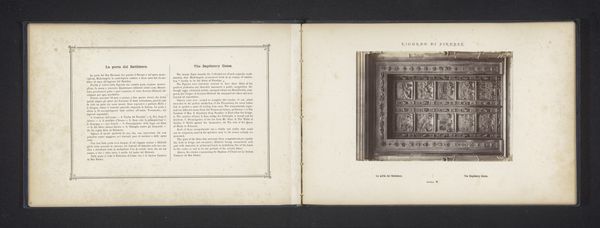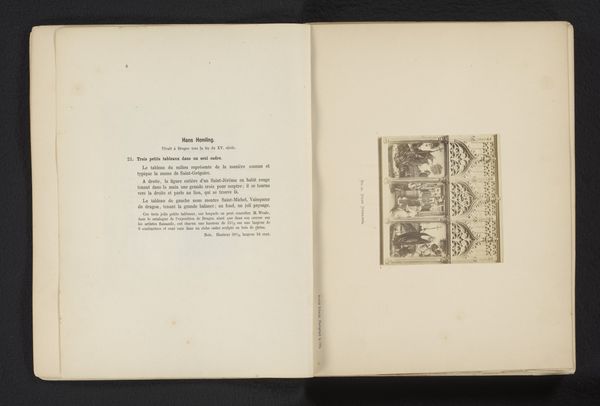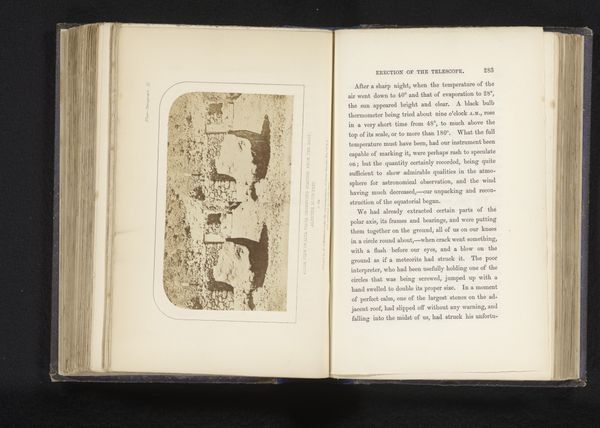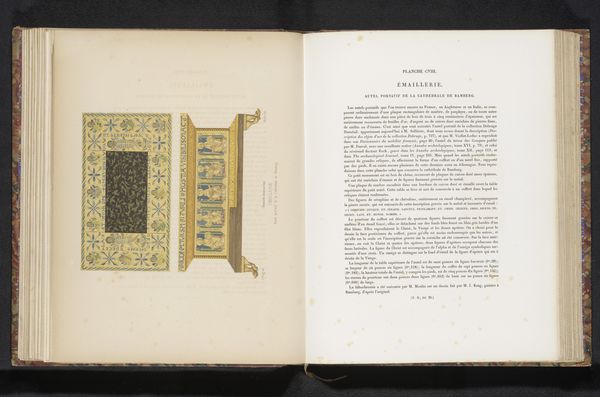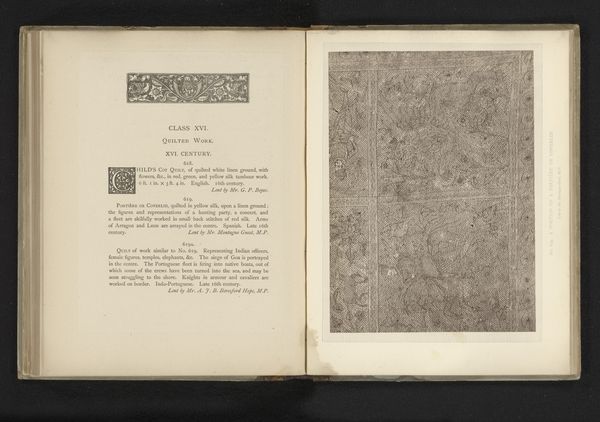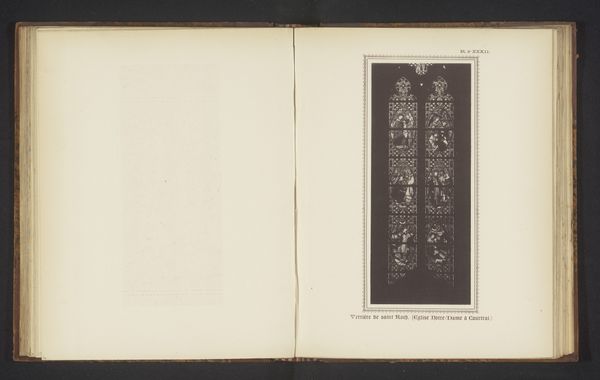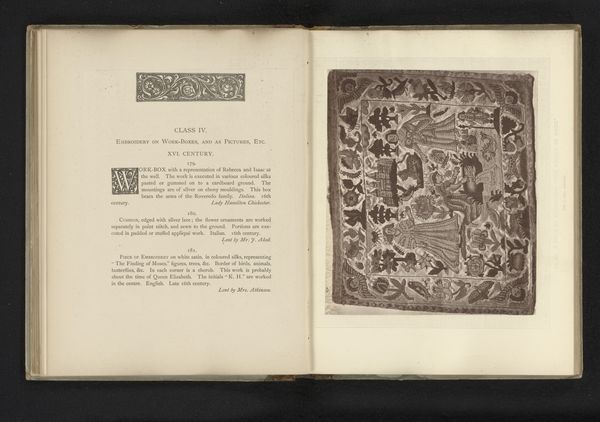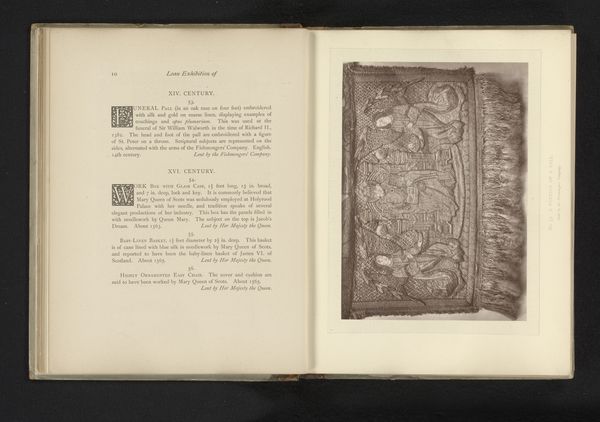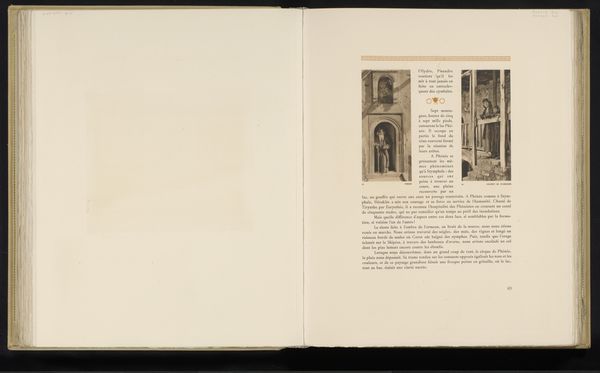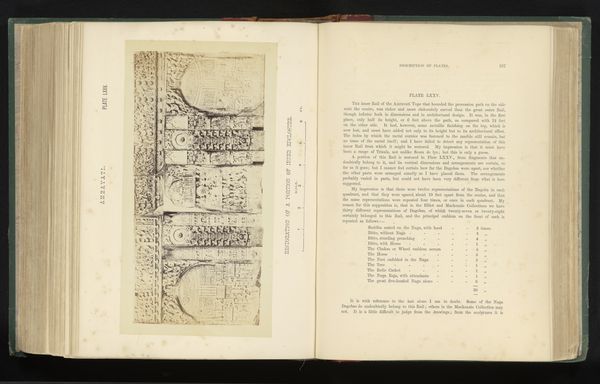
print, paper, engraving
#
medieval
# print
#
paper
#
engraving
Dimensions: height 167 mm, width 125 mm
Copyright: Rijks Museum: Open Domain
Editor: So, here we have a print from 1876, created by Pieter Oosterhuis and currently held at the Rijksmuseum. It's an engraving on paper depicting a "Kazuifel uit de eerste helft van de zestiende eeuw" - or a chasuble from the early 16th century. I'm struck by how meticulously the detail of the textile is rendered. What do you see when you look at this image? Curator: From a materialist perspective, this print gives us insight into the social and economic conditions of both the 16th-century garment it depicts and the 19th-century context of its production as a print. The original chasuble, made of valuable textiles, would have represented significant wealth and labor invested in religious display. Oosterhuis, creating a print, democratizes this image. Editor: How so? Curator: Through the medium of print, he makes it accessible to a wider audience. Consider the labor involved – both the skilled labor of the original textile artisans and the labor of the engraver, Oosterhuis himself. It allows this opulent vestment to become part of the rising Dutch middle class. Editor: That's interesting! So, we're not just looking at a picture of a religious garment; we're seeing a shift in how such objects were consumed and understood. Curator: Exactly! The print transforms the chasuble from a unique, sacred object into a reproducible commodity, tied to networks of exchange, consumption, and artistic labor in the late 19th Century. It prompts us to think about value beyond purely aesthetic or religious terms. Editor: I never thought of it that way, focusing on the actual making of the art! Thank you, it offers a whole new lens on viewing and interpreting it. Curator: Indeed, by considering materials, production, and circulation, we uncover hidden layers of meaning in this seemingly straightforward image.
Comments
No comments
Be the first to comment and join the conversation on the ultimate creative platform.
